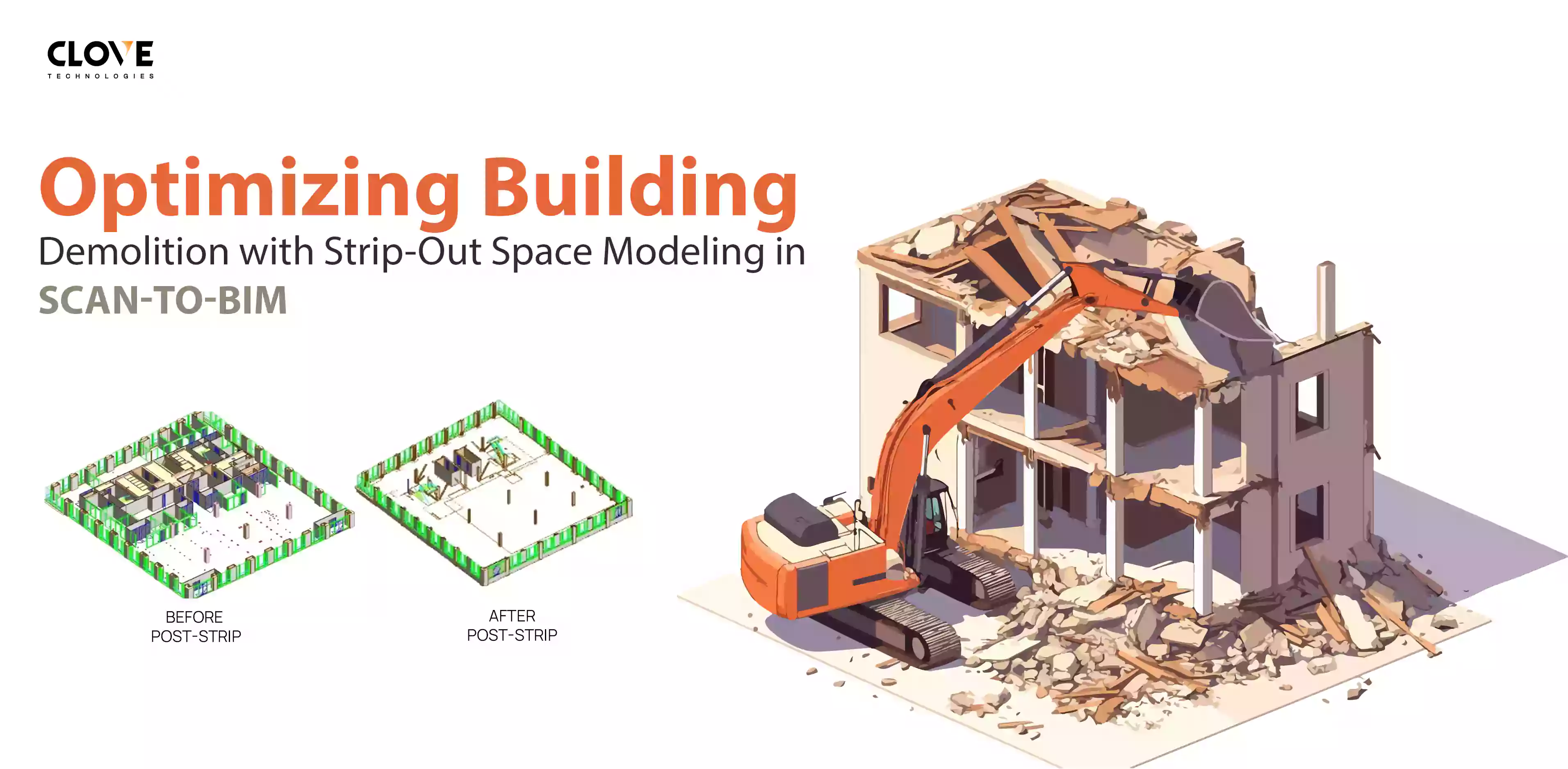Updated on:
Dec 12, 2024
5.0
153
13
Building Information Modeling with Revit
Building Information Modeling (BIM) has revolutionized the architecture and construction industries, transforming how projects are designed and executed. Autodesk Revit is a prominent leader among BIM systems offering engineers, architects, and construction professionals a complete platform for efficient design, analysis, and collaboration.
Advantages
of Using Revit and BIM:
Building Information Modeling(BIM) has revolutionized the way
construction projects are planned, designed, and executed. Among the various tools
available, Autodesk Revit stands out as a leader in the BIM ecosystem. Revit offers an array
of features tailored for architects, engineers, and construction professionals. Below, we
delve into the key advantages of using Revit and BIM, showcasing why they have become
indispensable in the AEC (Architecture, Engineering, and Construction) industry.
1. Centralized Collaboration
A centralized database that Revit offers enables all project participants to collaborate on
the same model at the same time. By encouraging smooth cross-disciplinary communication,
architects, structural engineers, and MEP specialists maintain alignment across the course
of the project. Geographical boundaries are eliminated and project coordination is improved
by cloud-based collaboration made possible by Revit's BIM integration with programs like
Autodesk BIM 360.
2. Improved Precision in Design
Designers may produce intelligent 3D models enhanced with data using Revit. This feature
reduces the possibility of mistakes when dealing with 2D designs. Revit's parametric
modeling makes sure that modifications made to one area of the model instantly update
the rest of the model, preserving accuracy and consistency. By using this capacity, BIM
workflows can uncover conflicts early on and minimize expensive adjustments throughout
construction.
3. Data-Informed Decision Making
The BIM integration in Revit makes it possible to incorporate important project
information straight into the model, including material specifications, cost
projections, and energy efficiency. Teams are empowered by this data-driven approach to
make well-informed decisions regarding budgets, sustainability, and design.
4. Analysis of Energy and Sustainability
To conduct energy analysis and maximize building performance, Revit easily interacts
with programs like Insight and Green Building Studio. These ideas assist groups in
creating environmentally friendly buildings that satisfy energy efficiency requirements,
which are crucial in contemporary building.
5. Cost and Time Savings
Teams can detect any problems at the design stage and lower the possibility of expensive
mistakes during construction by utilizing Revit with BIM. Additionally, automating
scheduling and paperwork saves a great deal of time, freeing up teams to concentrate on
value creation and innovation.
The Future of BIM with Revit in Clovetech:
Clovetech’s integration with Revit also extends to improving interoperability. The ability to exchange data across different software platforms ensures smoother workflows and reduces the likelihood of errors during project execution. This interoperability is critical as construction projects grow in complexity, requiring coordination among multiple stakeholders.
Looking ahead Clovetech aims to pioneer the next generation of BIM with Revit by focusing on adaptability and scalability. Its initiatives to incorporate advanced technologies, such as generative design and digital twins, will further empower architects, engineers, and contractors. Generative design tools can create optimal layouts by analyzing multiple design scenarios while digital twins provide a dynamic representation of physical assets enabling proactive management throughout a building’s lifecycle.
conclusion
The way projects are planned, coordinated, and carried out is completely changed by the
synergy between Revit and BIM. This potent mix guarantees that projects satisfy
contemporary criteria for efficiency, sustainability, and quality by enhancing
collaboration and accuracy and facilitating lifecycle management. Now is the ideal
moment to investigate how BIM and Revit can improve your workflows and help your
projects succeed.
Discover more of our innovative blogs

Scan to Bim
Scan to Bim
Navigating the Future of Construction: Converting Point Clouds into BIM Models

scan to Bim
scan to Bim
Building Beyond Limits: The MEP BIM Revolution

Scan to Bim
Scan to Bim
Optimizing Building Demolition with Strip-Out Space Modeling in Scan-to-BIM
Let's Talk
Let’s discuss your requirements and see how our expertise can help on your next project.
Let's Get Started
Let's Get Started
